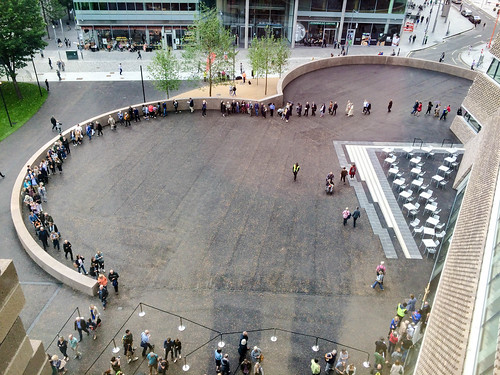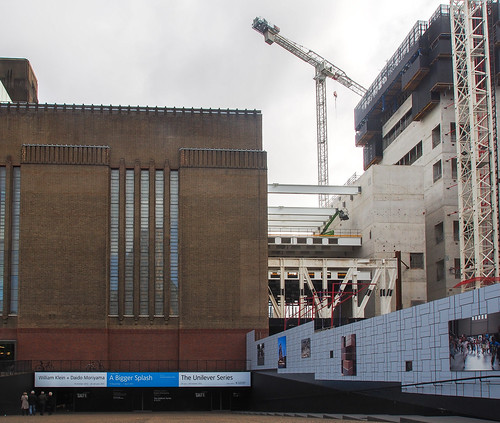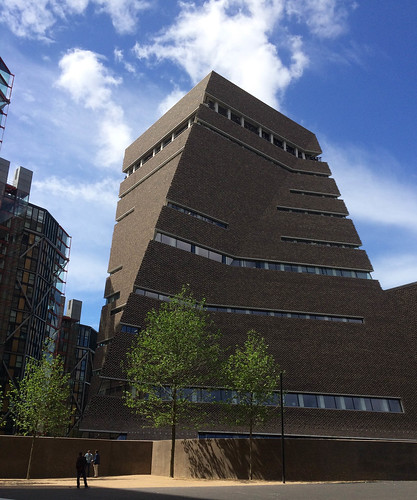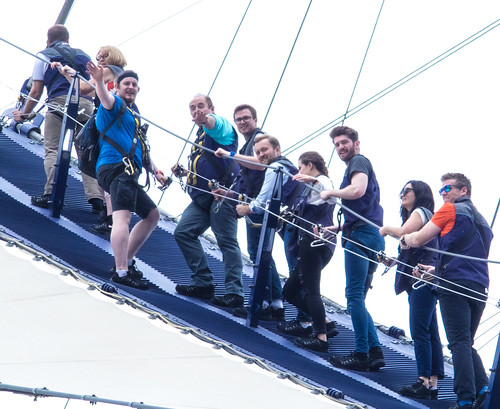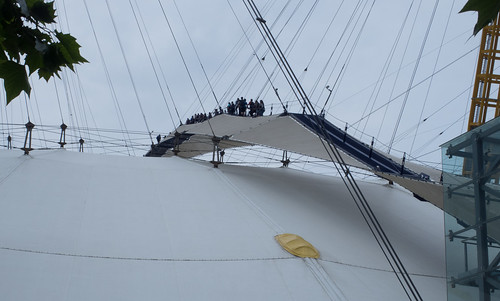
Once inside the Tate Modern, the first decision was where to start. Most people seemed to be heading for the tenth floor, which is really a public viewing platform. Instead, I took the other set of less crowded lifts to the fourth floor, which is the highest level of the new galleries.
I was soon inside my first room, which was a series of works by Louise Borgeoise. A whole room showcasing an artist gives time to form an opinion in a way that sometimes seeing single works juxtaposed won't provide.
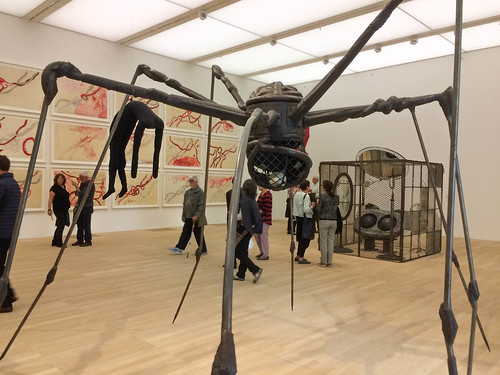
My picture shows one of her spider pieces, another much larger one (Maman) was used as a central piece when the Queen opened the Tate Modern back in 2000. Bourgeois kept working as an artist until her death at the age of 98.
Her later work developed themes around pain and loss of control sometimes through works enclosed in cages - like the Cell (Eyes and Mirrors) seen behind the spider in the above image. Here's my look inside Cell XIV, courtesy of my iPhone.

And in a way the exhibit illustrates the difficulty in trying to describe the innards of the Tate. There's so much yp explore and much of it makes one think.
It could be an old and originally controversial piece like Carl Andre's 'Bricks' (properly called Equivalent VIII). I remember seeing it many years ago for the first time and then smiling this time as I entered one of the new rooms to see it arranged across the floor.

Yes, it's a rectangular composition of bricks. Andre described it as a sensation like wading in bricks and the art establishment first in the 1970s and then again in the early 2000s became embroiled in debate about whether the piece was a con or pivotal in art sculpture.

Then there's this innocent looking table from an art piece by Marina Abramovic. Part of her own living work which explored collective responsibility. Controversial in its original context, causing its first exhibition to be stopped after six hours, through viewer intervention. The instructions below give a further clue.

These happen to be a few of the first items I stumbled across, examples of modern art greatest hits.
There's oodles of other material to explore with the Tate Modern frequently juxtaposing well known works and newer artists.

One could say that there are plenty of ideas and much to reflect upon.

